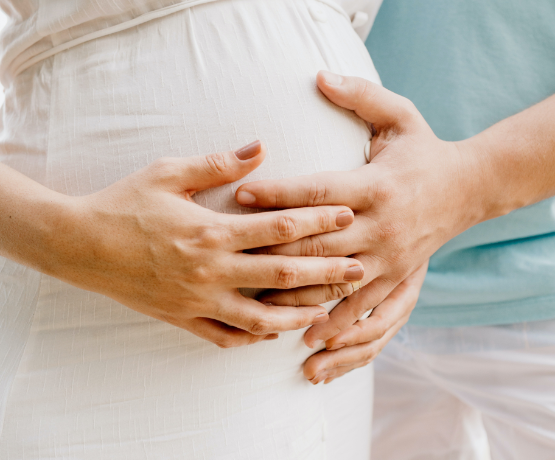How environmental intoxicants derail fertility
For couples ready to grow their family, the mention of infertility can be devastating. While there are many factors that can affect fertility, today we’re focusing on one often overlooked aspect: environmental toxicants are a major contributor. With this in mind, there is hope for couples struggling with infertility.
Functional medicine approaches, such as those provided by Dr. Christina and myself, can provide effective treatment options for couples trying to conceive.
Environmental Toxicants: What are they?
According to Joseph Pizzorno, ND, founding and current board member of the Institute for Functional Medicine,
“Environmental toxins cause infertility in basically 4 ways:
- Endocrine disruption.
- Damage to the female reproductive system.
- Damage to the male reproductive system.
- Impaired fetal viability.
This damage not only decreases natural fertility but also makes in vitro fertilization (IVF) much less likely to succeed. The worst fertility disruptors are organochlorine compounds (chlorinated pesticides, polychlorinated biphenyls, and dioxins), bisphenol A (BPA), and organophosphate pesticides and herbicides. However, many other chemicals, metals, and air pollutants seriously damage fertility.”
I’ve described before how an internal and external toxic burden can affect fertility. Environmental toxicants, which are classified as pesticides, air pollutants, and heavy metals, have a significant impact on fertility. Studies have shown that exposure to toxicants can cause damage to both male and female reproductive systems. Pesticides, for example, have been linked to decreased sperm count and motility in men, as well as menstrual irregularities and decreased fertility in women. Air pollutants, such as particulate matter and nitrogen dioxide, have also been linked to decreased fertility in women. Heavy metals, such as lead and cadmium, can also have a negative impact on fertility.
Unexplained Fertility
There are many couples left with a diagnosis of “unexplained infertility” when they are unable to conceive after extensive testing. However, the truth is that there is no such thing as unexplained infertility. In many cases, the cause of infertility has simply not been identified or has been overlooked. Environmental toxicants are a major contributor to this “unexplained” infertility. In our program, we work to reduce the toxic burden that could be leading to this misclassification of infertility.
We coach couples on how to take steps to minimize their exposure to environmental toxicants and improve their chances of conceiving. We encourage couples to detox by encouraging them to eat a healthy diet, reduce exposure to pesticides, avoid smoking and secondhand smoke, reduce exposure to air pollutants, and test for heavy metal exposure. These are just a few of the effective ways to reduce exposure. All of our work as specialists in fertility provides couples with personalized treatment options and plans.
Functional Medicine and its role in fertility optimization
Functional medicine approaches, such as the work that Dr. Christina and I do, can provide effective treatment options for couples trying to conceive. We work with couples to identify and address underlying health issues that may be contributing to infertility. This may include nutritional deficiencies, hormonal imbalances, gut issues, mitochondrial imbalances, hidden forms of stress on the body and much more. . We recommend dietary plans, natural remedies, and supplements to support fertility with our proprietary 4R Fertility Formula™.
Research has shown that functional medicine approaches can be effective in treating infertility. A 2018 study published in the journal Integrative Medicine Research found that a combination of acupuncture and herbal medicine improved pregnancy rates in women undergoing IVF. Another study published in the Journal of Alternative and Complementary Medicine found that a comprehensive functional medicine approach improved pregnancy rates in women with polycystic ovary syndrome (PCOS).
If you’d like to learn more about what it looks like to work with us, click here to watch our free, on-demand masterclass and discover the proprietary 4R Fertility FormulaTM we use to help you get pregnant naturally or get better results with IVF and IUI.
Conclusion
Couples should not be told that their infertility is unexplained. This cuts the dialogue for productive action short and renders a couple feeling helpless. Environmental toxicants play a significant role in fertility and should be considered when diagnosing and treating infertility. By taking steps to minimize exposure to toxicants and seeking the help of supportive medical professionals, couples can increase their chances of natural conception and a healthy pregnancy. The evidence-based approach of functional medicine can provide hope and effective treatment options for couples struggling with infertility.
Each person is unique, and we can’t make any promises to you through this article. If you’ve been told that you have unexplained fertility, we want to hear from you and see if you are ready for our program. Click here to watch our free, on-demand masterclass and discover the proprietary 4R Fertility FormulaTM we use that has had an 85% success rate in helping couples achieve naturally pregnancy.








